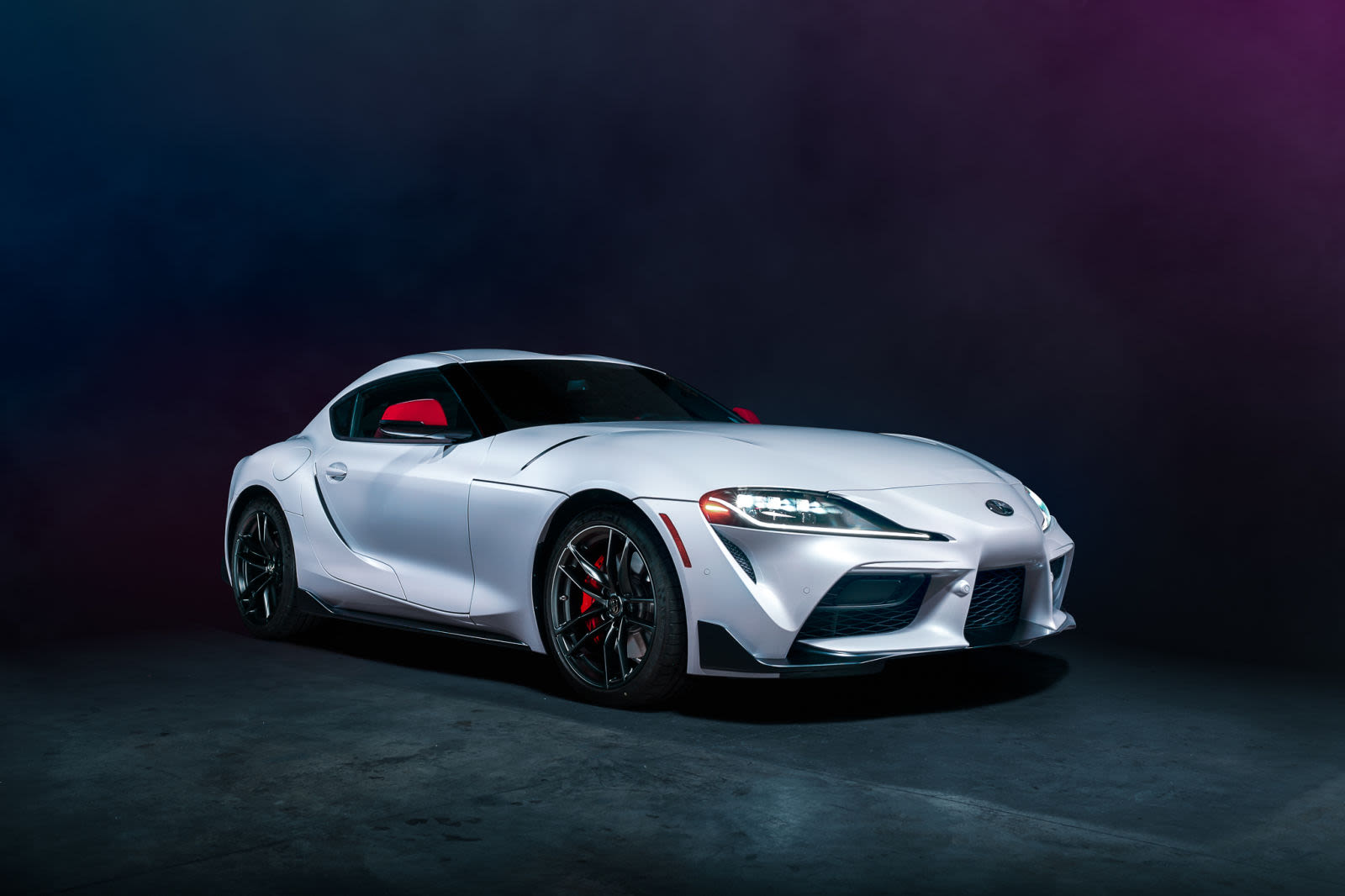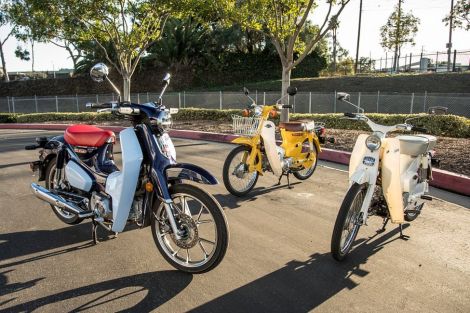
It’s been a few months since the Supra finally hit the streets, and reviews so far have been positive, for the most part. Although the R34 was what started my car craze, the Supra’s place in pop culture at large means I’m glad the new car doesn’t disappoint. Despite the (inevitable) pissing and moaning about the German origins, and the (also inevitable) pressure Toyota’s engineers and designers were under, they didn’t screw it up. It’s a proper heir to the name.
No, there’s no manual, but a low-volume sports car was always going to be a difficult sell to the accountants, even without a stick. And no, there’s no 2JZ under the hood, with an iron block that could lift Atlas and his burden. But it’s still an inline-6, like a proper Supra. Like the fans, the journalists, and the Internet commenters wanted.
But is it a good thing, that the Supra follows tradition so closely? On his blogging site Moonshot Mobility (go check it out!) John Osborn mused that it wasn’t. That having the engineers’ hands tied like that meant they lost the chance to move forward. And I’m inclined to agree. Because if you look back all the time, you’ll just end up crashing into a pole. To borrow a line from Brandon Sanderson, when heritage has become a box rather than an inspiration, it has gone too far.
So, is the Supra too nostalgic? Yes. And no.
Yes, because it’s still the same basic formula as the famed Mk IV—RWD, inline-6, sporty handling with GT capabilities—just with updated technology. But no NSX-style hybrid system, for instance. Or novel materials.
No, because it solidifies a formula Toyota started with the GT86/FR-S/BRZ. The Mk IV Supra was a last gasp, one final hurrah of Toyota’s in-house tech evolution and the Bubble Era as a whole. The new one, on the other hand, is a collaboration. And collaborations can do wonders. By BMW’s own admission, the new Z4 is their first ‘real sports car’ in a while. Even with many shared parts, the Supra is by all accounts distinct from its BMW stablemate. It brought out the best in both.
“But it’s got BMW switchgear!” So what? Parts-sharing like that is the norm in the business. Are you really complaining about BMW buttons and knobs in a Toyota product? I envy your life. I rented a new-ish 5-series on Turo as a Christmas present for my mother—it’s not like the AC controls gave me heartburn.
And actually, while we’re on the subject of nostalgia, what about the MX-5 Miata? Is that too nostalgic, then? The NA unashamedly cribbed the 60s British two-seater formula. But you don’t hear anyone complaining. That’s because the Miata has evolved over the years. In styling, refinement, power, engineering—but it’s never lost itself in its own hype. Mazda’s heart lies with that car, and the company knows this. Freed from Ford, the ND was free to be a return to basics, with rigorous updates. Not a play for money, but an honest-to-Zoom-Zoom fun sports car.

Honda did the same with the new Super Cub. Like the first Cub, its mission is to make motorcycling easier for the masses. Some of its techniques are the same—small-capacity, single-cylinder engine, step-through design, centrifugal clutch—and some aren’t. Unlike the original, it’s got ABS, fuel injection, and a smart key instead of an ignition switch. But it’s still a throwback to the ideals of the original.
Throwbacks are everywhere. The Honda Monkey: young and old gawked over it at IMS. Dodge Challenger: perhaps THE defining example of an automotive throwback. Kawasaki WS800: aped classic looks, but designed to be ridden every day, everywhere, reliably.

When is nostalgia OK, then, and when is it not?
Toyota is in a very different place than they were when the Mk IV Supra came out. The Toyota of that time was just past its Golden Age prime, securing its reputation for reliability. So too Honda, with its Type R’s. These companies are really only now re-discovering their celebrated mojo after decades of complacency. Reviewers wax nostalgic about Type R’s of old, comparing the new CTR with its predecessor. But here in the US, we only ever got a Type R, and only briefly. We never truly witnessed the CTR’s evolution. How can we be nostalgic about something we never experienced in its original state?
Ben “Yahtzee” Croshaw, of Zero Punctuation, asked a similar question when he reviewed the indie video game smash hit Shovel Knight (most relevant part starts around 4:20). The game is deliberately styled as an NES homage, but Ben never owned an NES as a kid. And yet, he felt something akin to nostalgia. If you aren’t familiar with the latest trends in video game design, pixelated throwbacks are all the rage. But why? Why deliberately handicap yourself to a specific color palette and old sound design? In today’s 1080p 8K Twitch-streaming world, why?
Funny thing Yahtzee noticed about Shovel Knight, though: parallax scrolling (background images move slower than foreground ones, to increase the illusion of depth). The NES couldn’t do that.
The 60s British roadsters leaked oil and rusted as soon as the sky clouded over. Not the Miata. The original W650 came with carbs; the new bike has fuel injection. Shovel Knight’s developers limited themselves to the NES style, but improved it in ways Nintendo of the 70s and 80s could only dream of coding. Early games couldn’t sell on graphics or sound quality, but they cemented themselves in history because of gameplay.
Strip away fancy options and orchestral accompaniment, and you have the budget to play-test until your fingers bleed. Less time choosing colors means more time polishing jump mechanics. Nostalgia is good when it works and improves. When it takes what made the original amazing, and uses modern technology to bring that sensation to a modern audience.
Nostalgia, then, is good when it isn’t nostalgia. When it asks why something was desirable in the first place, instead of endlessly pining for it. When it doesn’t beg for what was, but remakes it for a new generation to experience and love.